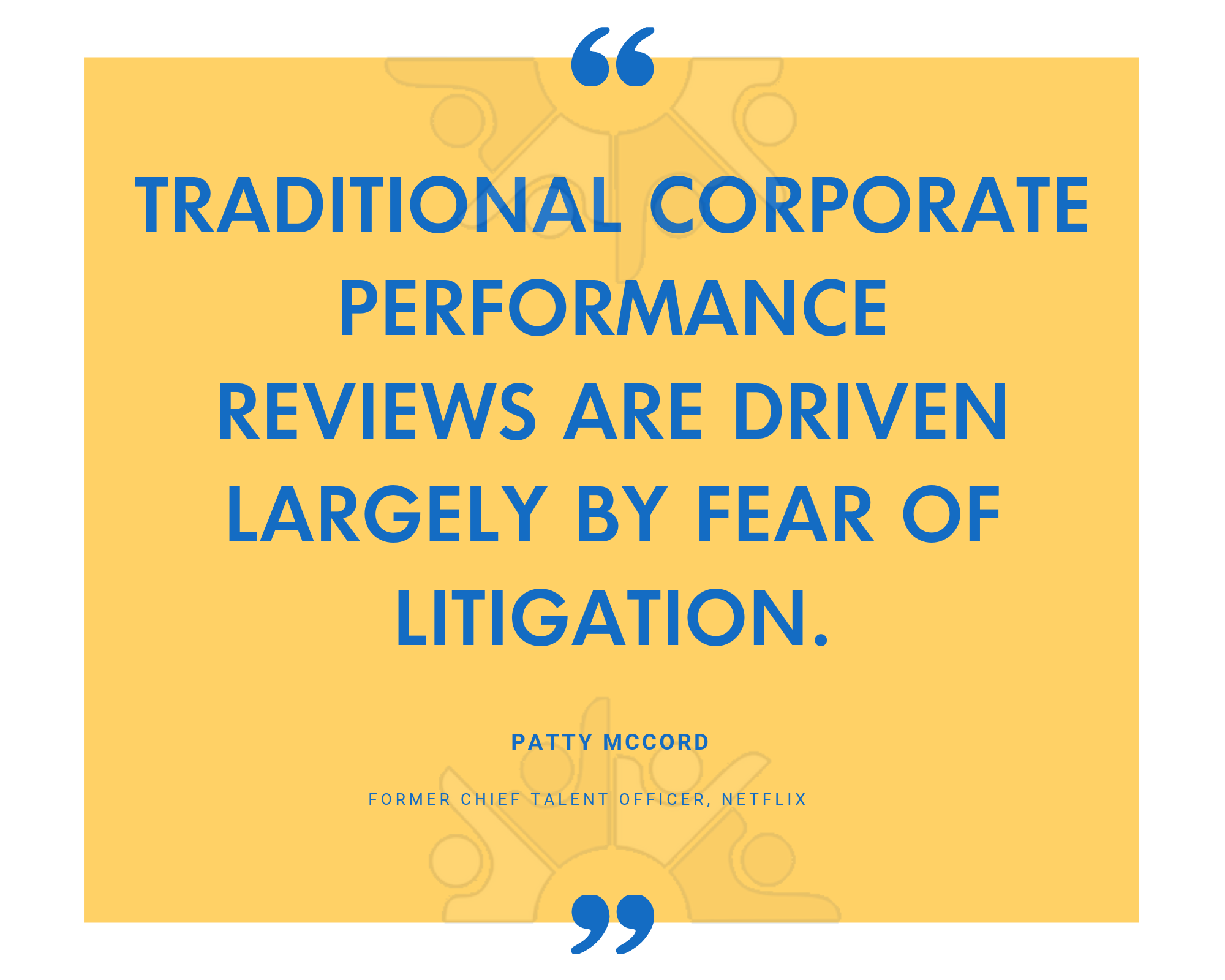Effective performance management can motivate better performance from employees, combining interconnected tools and processes in a fluid and adaptable manner in order to meet the ever-changing requirements of a company. Failure to adhere to the key principles and develop an effective management system, however, can lead to a divergence in the goals and aspirations of the company and its staff.
Let’s take a look at some of the major performance management problems companies face.
1. Over-relying on annual appraisals

Most companies have historically focused almost entirely on their annual performance reviews to determine their employee flow. But recently, this approach has been widely questioned, and a system geared towards appraising previous performance isn’t necessarily the correct tool for pushing employees forward.
Adopting a more streamlined method and allowing more real-time processes to flourish – whether this is with quarterly “snapshot” feedback or other regular appraisals – means that this unpopular protocol can be retooled to allow managers more leeway for evaluations, while employees deliver better results for the company.
2. Setting unreasonable goals
While setting ambitious goals can be a great way to push employees to perform above and beyond expectations, making them too ambitious can result in a variety of issues that can affect overall performance.
Michael E. Raynor and Derek Pankratz of Deloitte Consulting and Services explained how “people may feel increasingly tempted to cut corners or to resort to unethical or illegal behaviours that they would otherwise be loath even to contemplate.” Pushing people to reach the best of their abilities is a good thing; but push them too aggressively and the result may be unintended and unproductive stress and, ultimately, failure.

3. Relying too heavily on metrics
Metrics are a great way to get a solid overview of achievements and employee progress, collating data such as sales revenues, production errors and other easily quantifiable goals. But not all goals can be measured so easily, and relying exclusively on such data can cloud the bigger picture.
Goals aren’t always obviously related to metrics, and sometimes the wrong metrics can give a false impression of performance. Broad behaviours can also be overlooked when focusing on metrics, which may rank down a member of staff who has been performing well in other areas, such as coaching members of a team who are struggling or solving other issues which aren’t clearly measured by the data.
4. Solving an employee’s problems for them

Coaching can be an essential method for closing performance gaps and ensuring that any problems employees are facing in their roles can be potentially overcome. But this should be a supportive, rather than a directive approach.
Executive coach Ed Batista outlined the distinction, explaining how coaching should be about “asking questions that help people discover the answers that are right for them.” Instead of suggesting what your employee should do to resolve a problem, ask how they think they should solve the problem themselves, encouraging them to adopt a mindset that develops the skills required for the tasks at hand.
5. Failing to identify management oversights
When trying to understand any causes of a given performance gap, it is crucial to ask yourself whether or not management have contributed to the situation in a negative way. Have managers been clear on the tasks at hand, or thrown up any obstacles? Have they micromanaged too much, or overburdened any of the team members with too many tasks, or tasks beyond their capability?
Understanding potential oversights on the part of management is an important aspect of dealing with performance, ensuring that teams are clear in their expectations, have been given the necessary support and breathing space to perform their tasks, and have been kept in the loop regarding any changes to the project as it has progressed.
6. Failing to notice – and prevent – team burnout
Constant pressure to hit deadlines and targets can lead to stress, anxiety and eventually complete burnout. It can occur when management fails to notice when workloads are becoming too much for staff to deal with, leading to a failure to support employees who need the most help.
Recognising the tell-tale signs of potential burnout is essential for smooth running projects: work overload due to streamlined staff or poor work distribution, pressure for employees to perform additional tasks in overtime or working from home, and having too many projects on the go at the same time, can all contribute to burnout.
Often, the hardest working and most committed members of staff are the most prone to experiencing burnout, so failing to notice this and take measures to mitigate against it can be fatal for the success of a given project while undermining morale throughout the company.
7. Failing to reward employees for good performance

When your employees perform to the best of their abilities, it is crucial to recognise this as and when it happens so that both the employee in question and the wider company see that this is appreciated and encouraged.
Leaving such feedback to end of year appraisals is missing an opportunity to deliver a clear message about your company’s culture and the value of praise. Just as dealing with bad behaviour as soon as it happens sends a clear message that such behaviour is unacceptable, reinforcing good performance with immediate praise not only motivates them to continue to work hard, it challenges other members of staff to up their game and perform to the best of their abilities.





